August 26, 2025 • 15 min read
Top Customer Engagement Strategies That Drive Loyalty

Content Writer
August 26, 2025

Customer engagement is the ingredient to better profit margins and happier customers. Studies show that customers who identify as fully engaged are willing to pay additional 23% premium for your services, an instant jump in your revenue.[*] Compare that to the 76% of customers who get frustrated when companies don't deliver personalized interactions.[*] These statistics reveal the financial impact of treating your customers right and keeping them invested in your offerings.
Customer engagement just isn't a buzzword anymore, people need to realize that it is now one of the top boardroom priorities. Companies who manage to master the art of creating meaningful connections with their customers thrive by forming advocates who work to drive sustainable growth via increased spending, stronger referrals, and an overall higher lifetime value.
Why Customer Engagement Matters Now
Modern businesses have two choices: either engage customers meaningfully or watch them leave for competitors who do. The data shows clear patterns about what drives revenue growth and what kills it.
The Engagement–Revenue Link
Engagement is the quick ticket to higher revenues, don’t believe us? Look at the numbers. Customers who are fully engaged represent an additional 23% premium in terms of share of wallet, profitability, revenue, and revenue growth compared with the average customer.[*] 71% of consumers now expect personalized experiences, setting a new standard for customer interactions.[*] Personalization is the key to engaging your customers.
Personalization within your marketing can reduce customer acquisition costs by as much as half while also working to lift revenues by 5-15% and increase marketing ROI by 10-30%.[*] While you're spending thousands to attract new customers, your engaged existing customers quietly become your most valuable assets, spending more per transaction and staying loyal longer.
The Cost of Disengagement
On the flip side of things, you’ve got to realize disengagement is your one way ticket to irrelevance and customers cutting their ties with you. Actively disengaged customers actually represent a 13% cut to your revenue compared to their averagely engaged customers, and between bad reviews, lack of upsell opportunities and churn, these customers become a poison pill of sorts.[*] When companies fail to deliver personalized experiences, 76% of consumers feel frustrated enough to consider leaving you.[*]
Disengaged customers will harm your brand through negative reviews and word-of-mouth. Meanwhile, they rack up unforeseen costs due to them requiring higher acquisition costs from your own pocket to replace. Brands that are disaffected and perceived as "out-of-touch" or "old hat" are losing market share to community-driven competitors who prioritize authentic customer relationships over transactional interactions.
Core Customer Engagement Strategies
These 9 proven strategies transform casual customers into engaged advocates who drive sustainable growth. Each approach builds on understanding what customers value and delivering it consistently.
1: Personalization at Scale
Personalization that's actually smart and intelligent will take time to use AI-driven recommendations. It also works to implement dynamic content adapting to your users' browsing behavior and also making great use of thoughtful segmentation that works off existing purchase patterns and preferences. Your mission here is creating experiences your customers will perceive as truly tailored while never crossing into intrusive territory. Key areas to think about include past interaction history, predictive analytics in the hopes of seeing customers' needs before they know what they are, and dynamic website content that adapts to individual user profiles.
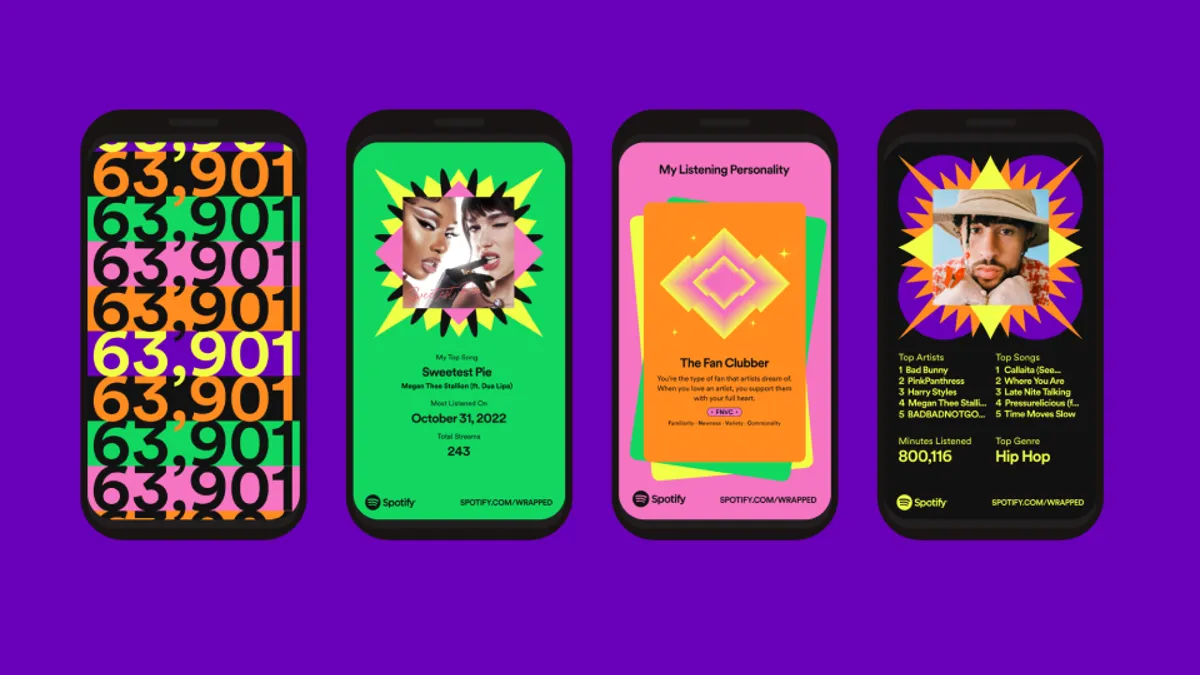
Measure your personalization through click-through rate improvements, conversion rate changes, and average order value increases. Personalization can boost ROI by up to 2,000%, with an average increase of 500-800%.[*] Example: Spotify's annual "Wrapped" campaign creates shareable, data-driven content that drives viral social engagement while strengthening individual customer relationships.
2: Omnichannel Engagement
Don't forget that your customers see their experiences as just experiences, they don't even know what channels are. Your engagement strategy has to bridge the gaps to truly connect email, socials, mobile apps, in-store retail CX happenings, and customer service points into one singular story. You have to do this because it ensures that you have message consistency across all platforms. Because it's true: maintaining context when customers switch between channels is what they want. And to do that you must accommodate their expectations. Many customers start interactions on one platform and finish it off on a completely different one.
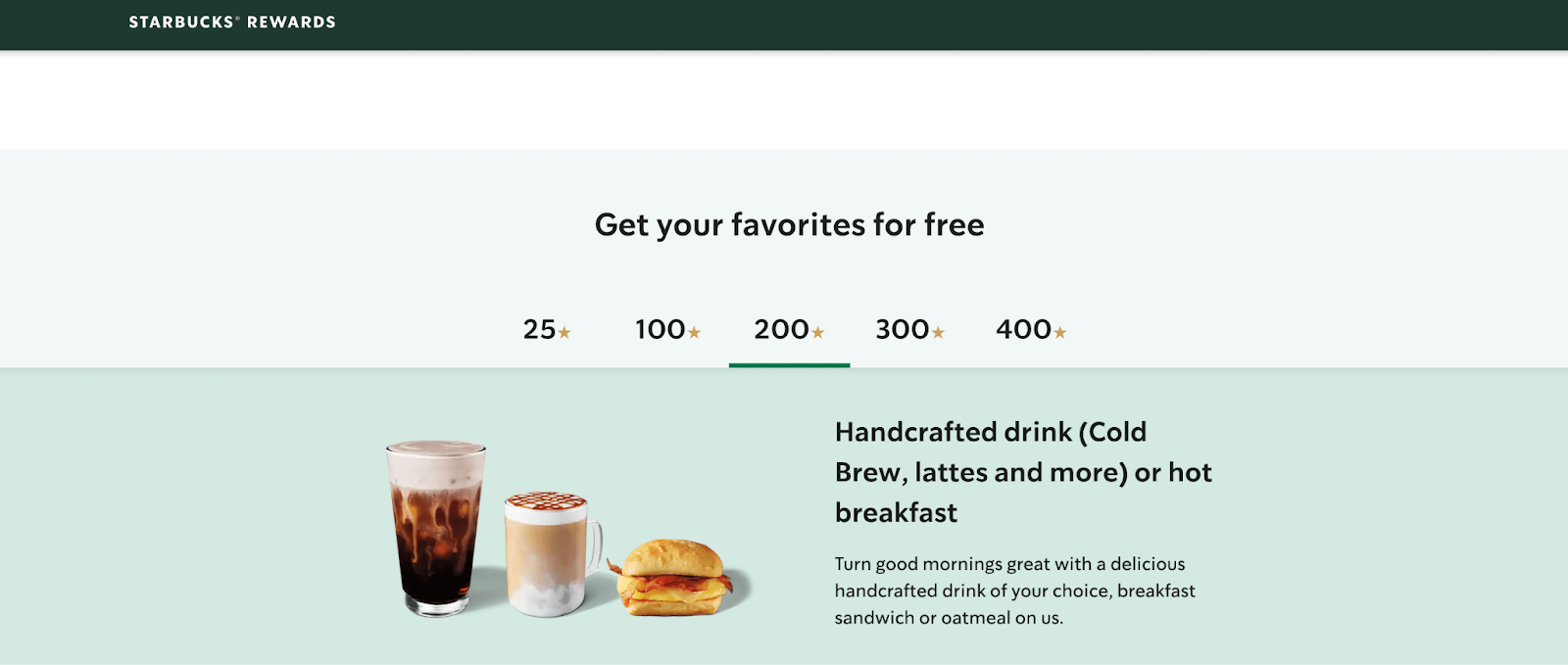
You won't know anything unless you go through digital data. You need to collect rich data through surveys and analytics to truly fortify engagement systems that see your customers and follow them wherever they go. Be sure to make considerations based on customer lifetime value. Think about it on a granular level, think of what channels they love, existing retention rates, and how often they jump through different channels via usage patterns. Case in point: Starbucks has killer mobile app integration that connects ordering, payments, rewards, and in-store happenings into one unified customer experience.

3: Feedback Loops That Drive Change
If you want engagement that pays the big bucks, that means you have to listen to your customers before you speak to them. Systematic feedback collection is your golden ticket: you must conduct post-interaction surveys, actively look into your social media activity, and look into what tickets support sees patterns in. Collection represents only half the equation. But that means zilch if you're not acting on those insights and communicating changes back to customers through improvements based on community feedback, transparent product roadmaps, and public acknowledgement of your loyalest and loudest customers' contributions.
This approach transforms feedback from one-way data extraction into collaborative relationship-building. Measure impact through retention improvements after implementing customer-requested changes, Net Promoter Score increases, and engagement rates on feedback-related communications. Example: Slack attributes 30% of their product improvements directly to user feedback, demonstrating how systematic listening drives both product development and customer satisfaction simultaneously.[*]
4: Loyalty Programs & Incentives
The best and most used loyalty programs are concerned with way more than just transactional rewards because they're actively thinking of forging a true community. A big differentiator for programs are those that go out of their way to reward referrals, get their users to leave real reviews, encourage social media interactions, and even use user-generated content creation to score more purchases. You have to think about multi-tiered benefit programs that incentivize raised and consistent spending through exclusive experiences, early product access, and perks that make customers feel like they're part of your team. That they're also superstar members of your team.
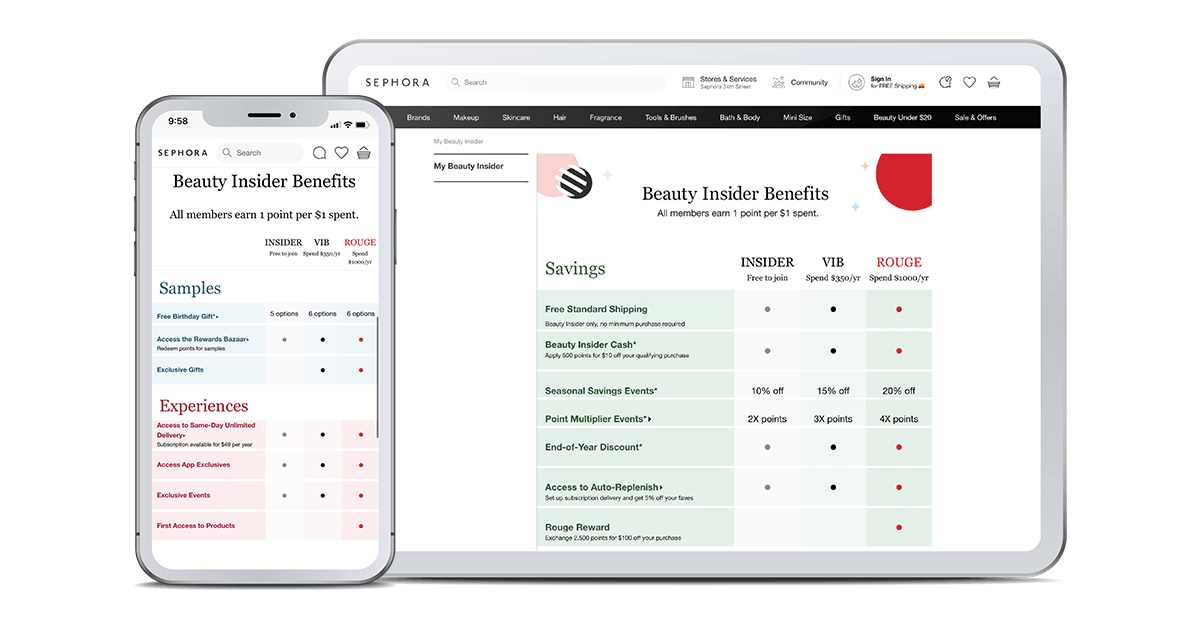
Gamifying your programs means thinking of unique challenges, designing awe-worthy achievement badges, and allowing your customers to track their progress in fun and easy ways. Design redemption tools that are intuitive and make your customers feel like they're saving something, focusing on both easy wins and big goals that keep customers spending and loyal to the brand. Example: Think about Sephora's Beauty Insider program, that program alone actually generates 80% of their sales by rewarding purchases while also tossing generous bonuses product reviews, tutorial sharing, and community participation.[*]
5: Value-First Content
Engagement forms when you create content prioritizing customer value over trite marketing measures. You need to create truly informative educational content, experiences that enchants and delights, and practical tools solving real problems. Make your customers' lives easy. That is the core tenet that pushes trust and positions your brand as the true leading resource in your field.
Diversification of your content formats is a must. You need to lean on different learning styles and take into account consumption preferences. Some customers love comprehensive blog posts, others just want quick video tutorials. Sophisticated customers who want to learn with you will value podcast discussions.
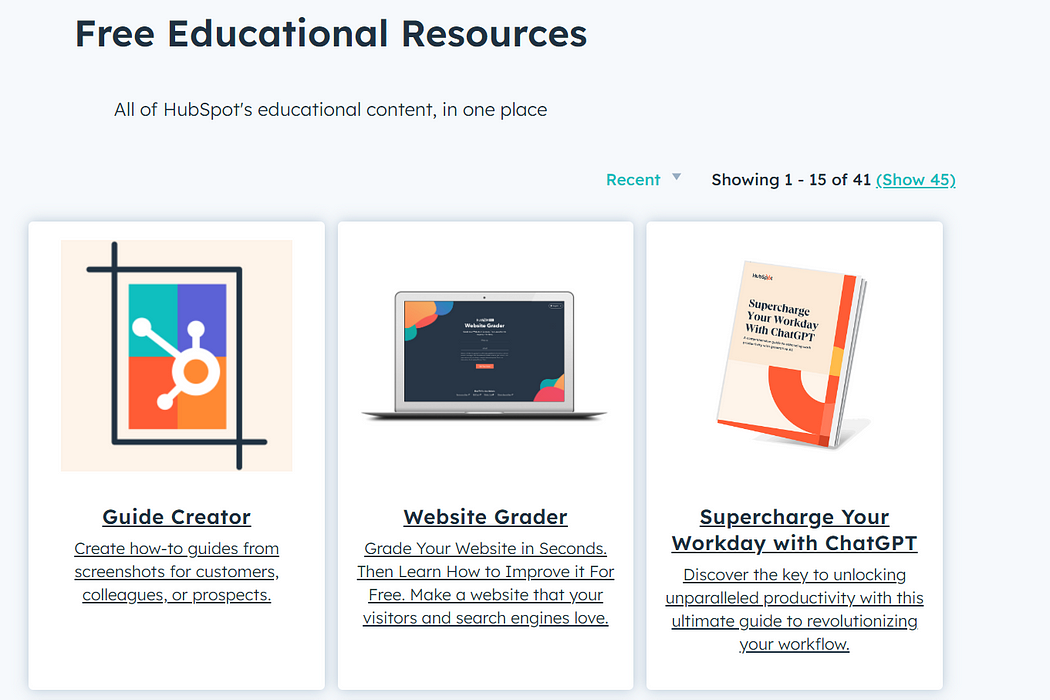
Measurement of your engagement happens when you take into account time-on-page, how often you get social shares, and how content consumption actually touches and infuses itself onto your numbers regarding purchase behavior and customer lifetime value. Example: HubSpot's extensive library of free marketing tools and educational resources generates 50% of their leads while establishing the company as a trusted authority in their field.[*]
6: Humanizing Customer Service
Your customers might love AI but they might not want to see the seams when it comes to their own customer experiences. To ensure you provide humanized customer service be sure to train your team for emotional intelligence so that they can solve problems quickly without unnecessary escalation. And for touchy situations, proactive outreach for at-risk customers is a must. If you're not fostering positive emotional experiences, your customers are going to leave and make you regret that.
Automation is great but it also should be used strategically. Using it for routine inquiries smartly means maintaining human support for complex issues. The most effective approaches take the cool and fast AI efficiency and blend it together with the warmth of human empathy, ensuring customers feel seen and not just processed. Be sure to keep tabs resolution times, CSAT scores, and tone your team has with customers.
Example: Zappos built their entire brand around service excellence, empowering agents to focus on building connections rather than minimizing call times, resulting in industry-leading customer loyalty.
7: Data-Driven Optimization
To really engage with customers, it’s all about measuring things systematically. By that we mean actually looking into the causal and data-driven nitty gritty of your CSAT scores, engagement rates, some of the core CX metrics, and specific KPIs for your distaff channels. You can use analytics to spot behavior patterns, predict when someone might leave, and even tailor offers before customers know they want them.
The smartest strategies strike the hard balance between firm numbers with insights derived from what your service team and customers are seeing. This combination is the most optimal and lethal mix because it accounts for both big-picture strategy and day-to-day tweaks.
Let's take it to a granular level and say you have an engagement issue. Well, then use predictive analytics to figure out what customers might need next and step in before they disengage or when you see an opportunity to upsell a customer looking for "what is missing."
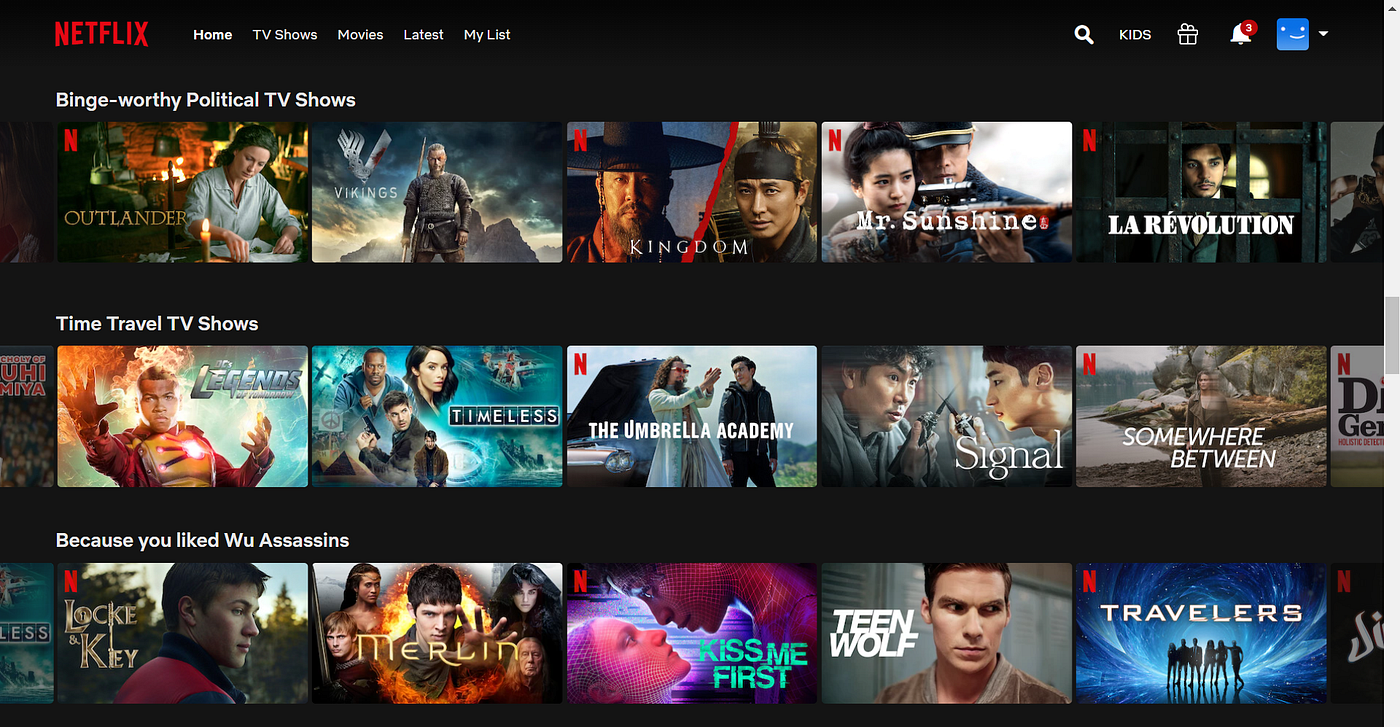
A great example is Netflix: its recommendation algorithm sways about 80% of what viewers choose to watch by looking at their past behavior and engagement signals to suggest content they’ll love. The optimization of your customer experience is a potent differentiation factor.
8: Seasonal & Trend Adaptation
When it comes to engaging effectively, a successful strategy needs to adapt to the seasons, cultural moments, and new trends. That being said, you have to be true to your brand and the image you put up to customers. And yes, you can always plan your seasonal campaigns well ahead of time, but don’t forget to keep your eyes open and options just as open. Trends shift, one day you have an offering collecting dust, the next day it's on everyone's checklist for must-have.
As the seasons shift, you must track the way engagement shifts alongside them because they will shift. If you're not, you jeopardize your ability to link up and formulate those campaigns resonating with your audience’s natural interests and their own individual rhythms when it comes to spending. On top of that, different segments respond to season messaging in their own ways, so tweaking was never just an option ever.
9: Building Customer Communities
Building communities turns those one-on-one customer relationships into something much bigger. Think of this like a network effect that boosts engagement value. The impetus is on you to truly create places where your customers can share their experiences and uplift one another, shifting from being just a service provider to a community and a family. Be sure to prioritize encouraging "customer meets customer" support and commemorating content created by your users.
The end goal is to create a community that's self-sustaining where engaged members contribute because they truly and really do care about what they’re sharing whether it's tips and tricks or legitimate concerns. To keep tabs on how healthy your community is, look at participation rates, how much content members are generating, instances of peer support, and see how all this engagement ties back to customer loyalty and advocacy.
Building & Scaling Your Engagement Plan
The parameters of your success in the art of implementing these customer engagement strategies depends on beginning with reasonable but quick wins, eventually working towards encompassing and rich engagement capabilities. We need to think about it through different phases all working towards sustainable growth while maintaining quality.
Quick Wins (Weeks 1–2)
You need to begin by thinking of immediately implementable changes which manage to truly demonstrate quick value all without the need or requiring major system overhauls. Launch personalized welcome email sequences for new customers, respond professionally to all pending online reviews, and publish one educational content piece that addresses common customer questions.
Begin basic audience segmentation using existing customer data to enable more targeted communications. These initial steps require minimal investment but establish engagement momentum while providing baseline metrics for future optimization efforts.
Foundation (Months 1–3)
The foundation is built when you create customer journey maps in the aims of truly capturing and distilling every touchpoint and interaction opportunity across the entire customer lifecycle into something tangible. Work towards installing system-wide feedback collection methodologies which come alive through surveys, reviews, and direct outreach. Your mission is to understand what exactly constitutes satisfaction and frustration.
Within this phase, you should install a basic loyalty program to ensure you reward purchases as well as core customer engagement behaviors such as referrals and social media sharing. Your staff training should zero in on the best customer engagement best practices: ensuring your team actually sees where and how their interactions contribute to overall customer relationships. All the while, you should work towards establishing objective measurement systems to track engagement metrics alongside traditional business KPIs.
Scale & Optimize (Months 3+)
Within this final but continuous stage, you start to leverage the more advanced personalization tools bolstered by newer tech like AI and machine learning to deliver increasingly relevant experiences at scale. The goal here is to truly push your presence across the most relevant and hot channels while maintaining consistent branding and messaging. Most importantly, you're keeping the context alive and constant throughout the customer journey.
Development of a comprehensive content library is core as customers at every stage of their relationship with your brand need that. Make efforts to ensure you're working in predictive analytics for churn prevention. Doing so, creates an atmosphere where proactive intervention happens because engagement signals suggest who your at-risk customers are. At this stage, you're also actively fortifying feedback loops that ensure systematic optimization processes that endlessly improve engagement effectiveness through existing and future data insights and customer feedback.
Measuring Engagement Success
The most effective measurement of your customer engagement strategy success requires tracking multiple different aspects which add up to form a comprehensive look into the process. Success is derived when you analyze metrics in tandem to identify trends behind your existing and future business outcomes.
Key Metrics
Tracking your engagement success happens across four crucial dimensions which work together to provide comprehensive transparency as you make way in your customer engagement strategy journey. We need to think in terms of the most top-tier customer experience KPIs.
1. Customer Metrics
Focus on the overall health of customer relationships:
- Customer Lifetime Value (CLV): total revenue a customer generates over time
- Net Promoter Score (NPS): likelihood of recommending your brand
- Retention Rate: percentage of customers who stay loyal
2. Engagement Metrics
Gauge how customers interact with your brand in real time:
- Interaction rates (clicks, likes, shares)
- Session duration (time spent on site/app)
- Email open rates and CTR
3. Business Metrics
Link engagement activities directly to financial outcomes:
- Referral rates: how often customers bring in others
- Revenue per customer: direct financial contribution tied to engagement
4. Holistic Insights
The most powerful insights emerge when these metrics are analyzed together. Looking at customer, engagement, and business data in tandem helps identify patterns, highlight the most effective strategies, and guide sustainable growth decisions.
Calculate ROI
To quantify your engagement strategy's impact, you need to think of comparing the lifetime value of engaged versus disengaged customers throughout your customer base. Be sure to track incremental revenue generated by codified and targeted engagement initiatives, you should be factoring for both direct sales increases and cost savings that arise from sharper retention rates.
On top of that, you should calculate the total cost of engagement programs (think about what technology investments, staff time, and content creation resources you've poured money into) then measure against revenue rises and retention gains. When you succeed in these efforts, you'll see that effective engagement strategies underscore positive ROI within 6-12 months.
Additionally, returns should improve drastically over longer time periods while indirect benefits like reduced customer service costs, increased referrals, and enhanced brand reputation add up and affect your bottomline for the better.
Engagement is Everything These Days
Customer engagement is the ingredient you may be missing, one that leads to measurable and sustainable growth. Creating the strongest possible relationships between you and your customer, that's the big secret to increasing their spending on you, cutting down on churn and generating FOMO-worthy marketing. The most successful companies see engagement as the top ticket item when it comes to the ball game, it's something that influences every customer touchpoint and ultimately your business decisions.
So yes, to convince your stakeholders: think about starting with some quick wins that demonstrate immediate value. Work to systematically build encompassing and truly mesmerizing engagement capabilities which also will eventually scale with your own growth. Focus on creating genuine value for customers rather than just capturing their attention while prioritizing long-term relationship building over short-term metrics.
FAQs
The best channels are where your customers already spend their time. Email, social media, and mobile apps typically offer the highest engagement rates.
Focus on value-driven personalization that helps customers rather than just promoting products. Always give customers control over their data and communication preferences.
Begin with your existing email platform, social media accounts, and customer service software. Add basic analytics and survey tools as you grow.
Deliver ongoing value through educational content, exclusive offers, and proactive customer service. Create onboarding sequences that help customers maximize product value.
Retention measures whether customers continue buying from you, while engagement measures how actively they interact with your brand. Engaged customers are more valuable because they spend more and refer others.